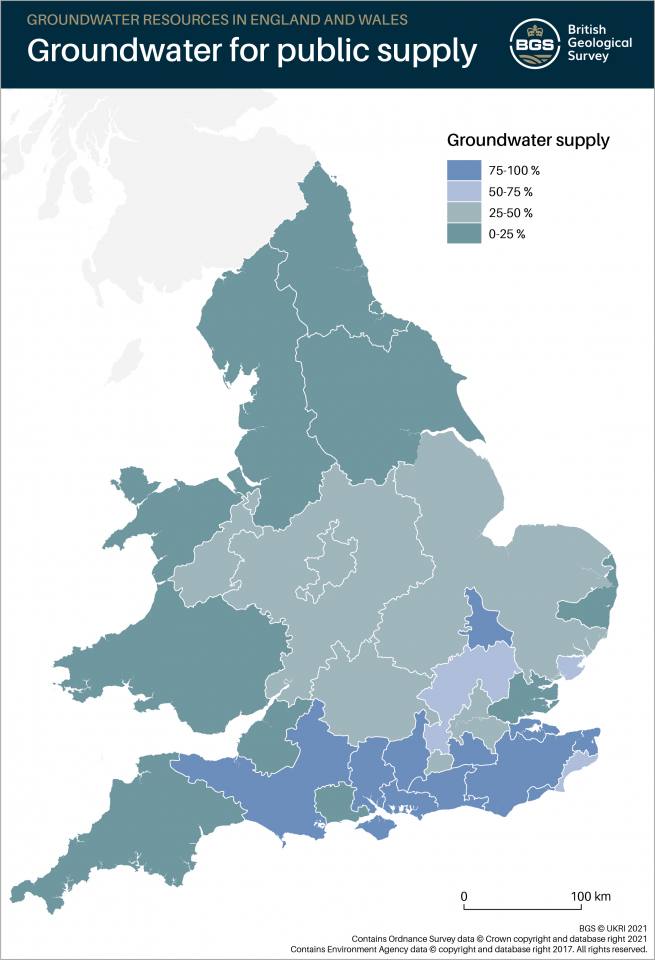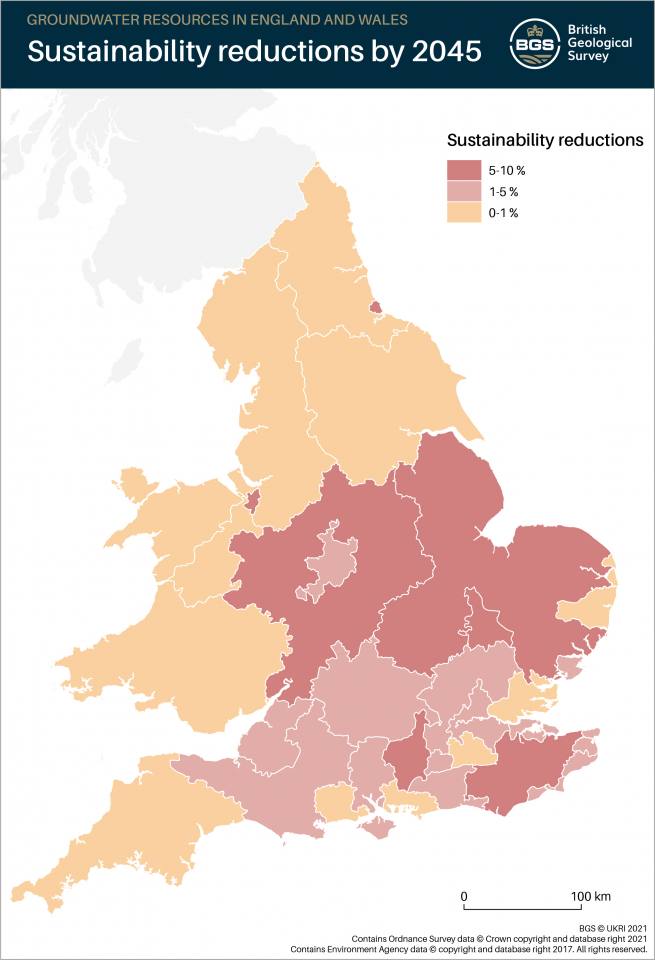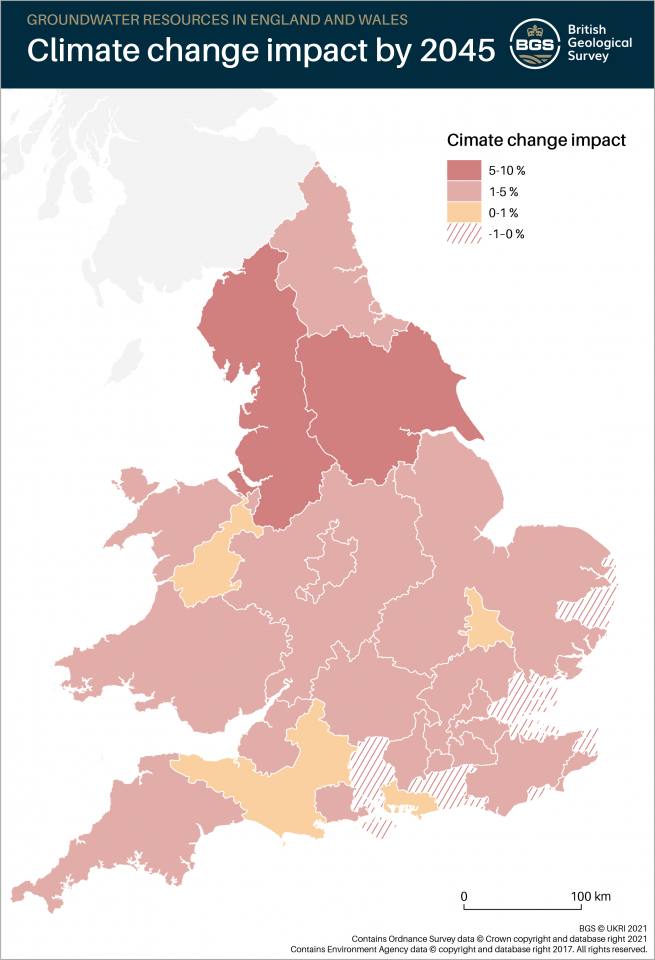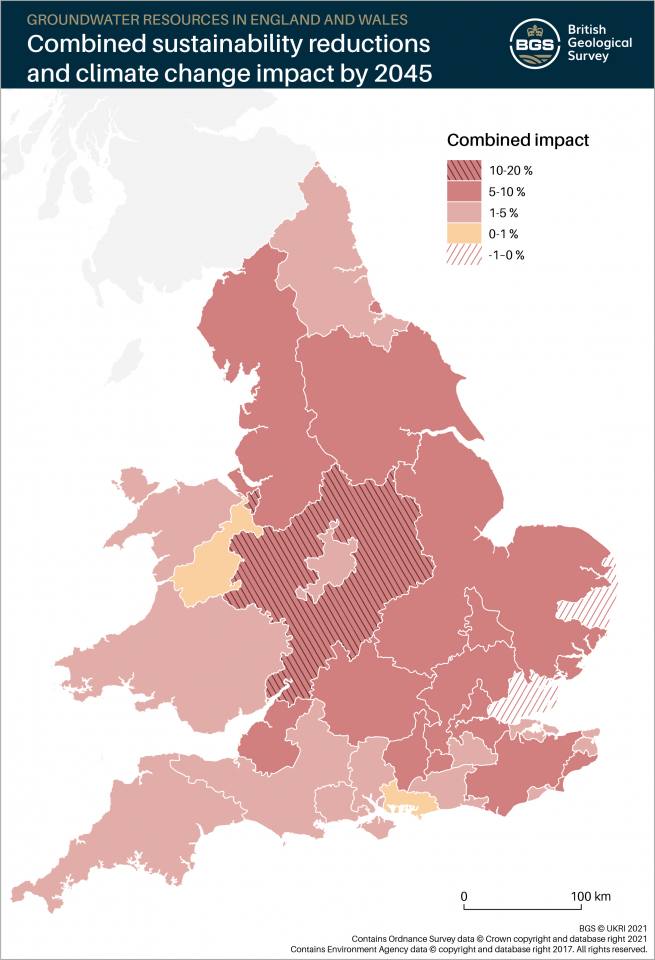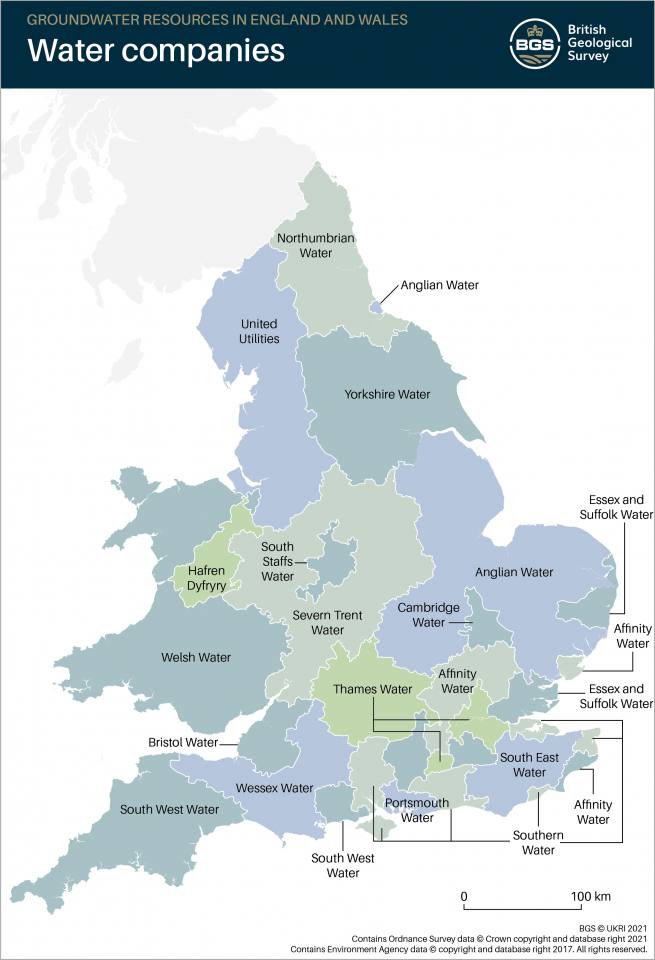The information on this webpage was compiled from the 2019 water resources management plans for water companies in England and Wales. Water companies have recently submitted their 2024 revised draft water resources management plans. This webpage will be updated following publication of the final 2024 water resources management plans, due in Winter 2023/24.
Groundwater provides approximately a third of public water supply in England, and makes an important contribution in Wales and Scotland. We have extracted information from English and Welsh water companies’ water resources management plans published in 2019, in order to provide a national picture. We hope that the resulting summary maps of the present situation and projections to 2045 will give a new perspective. The images are available for you to download and use, as long as the BGS is suitably acknowledged (see our terms of use).
Current groundwater use
The volumes of groundwater used daily for public supply in England and Wales are shown in Figure 1. Some of the water supply regions are large, such as the area supplied by Anglian Water. The data cover the whole region and thus aggregate areas that are more dominated by groundwater supply (in the case of Anglian Water, this is mainly from the Chalk aquifer) with those that are more dominated by surface water (e.g. Rutland Water and Grafham Water reservoirs, River Trent).
The percentage of total public water supply (“deployable output”) that is from groundwater is shown in Figure 2. This varies from 5% (Dwr Cymru Welsh Water) to 100% (Cambridge Water). The regional variations are largely controlled by geology and availability of groundwater and surface water. The highly productive Chalk and Permo-Triassic sandstones are the major sources of groundwater for public supply. Water companies in South East England where groundwater contributes > 75% of total public water supply are heavily reliant on the Chalk.
In Scotland groundwater provides approximately 5% of public water supply. Groundwater is not currently used in mainland Northern Ireland for public water supply. People across all the nations of the United Kingdom rely on groundwater as an important source of water for private supplies for domestic, agricultural and industrial use.
Future changes in public water supply
Water companies are planning to reduce abstraction from some public supply water sources (surface water and groundwater) where these abstractions have impacts on the environment. These reductions (known as “sustainability reductions”) are intended to alleviate low river flows or water levels in wetland areas, usually in order to protect habitats. Figure 3 shows planned sustainability reductions (both groundwater and surface water) as a percentage of total deployable output in 2019. These reductions can be substantial in some areas. Three companies plan to reduce existing abstractions by between 5 and 10% (Severn Trent Water, South East Water, Cambridge Water).
As part of the water resources management planning process, water companies also estimate the effect that climate change might have on the availability of water in their supply areas. Figure 4 shows projections of the impact of climate change on total public water supply (groundwater and surface water) in 2045. Whilst two companies (Essex and Suffolk Water, Southern Water) expect increases in deployable output, the remaining 17 companies foresee reductions due to climate change. These are generally <5% of total deployable output in 2019, but between 5-10% for two water companies in northern England (United Utilities and Yorkshire Water). Figure 5 shows the combined impact of sustainability reductions and climate change on public water supply in 2045.
Recent developments in water resources planning in England and Wales
The analysis presented here is based on the latest water resources management plans, published in 2019. Water resources planning in England and Wales is currently in a period of significant change. Following work by Water UK and the National Infrastructure Commission, in 2020 the Environment Agency published their National Framework for Water Resources. The National Framework marks a move from company level planning to planning at the regional scale. This will facilitate a more joined up approach, with water supply solutions that consider the needs of public water supply, other abstractors and the environment. For more information, click on the links above.
Download groundwater resources of the UK maps
You may also be interested in
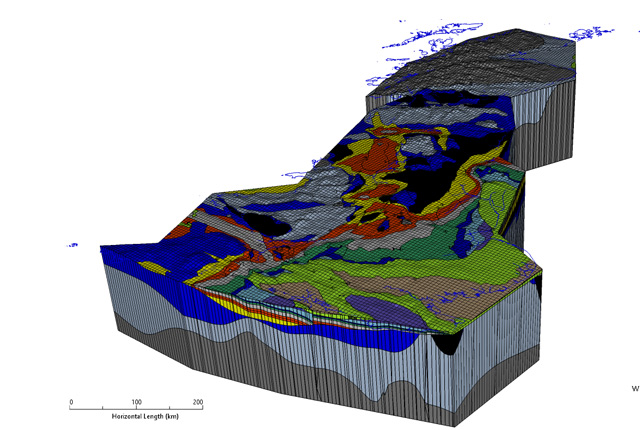
Hydro-JULES
The Hydro-JULES research programme will develop a new generation of terrestrial hydrological models to understand the terrestrial water cycle.
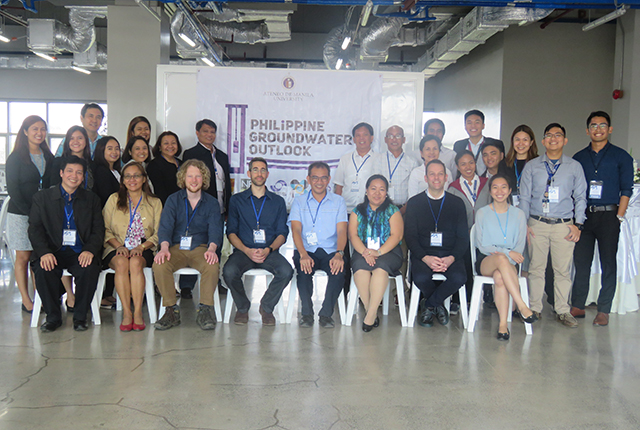
Philippine groundwater outlook
The PhiGO project seeks to undertake assessments of population and climate change impacts on regional groundwater resources and translate these into usable forecasts of flood and drought risk.
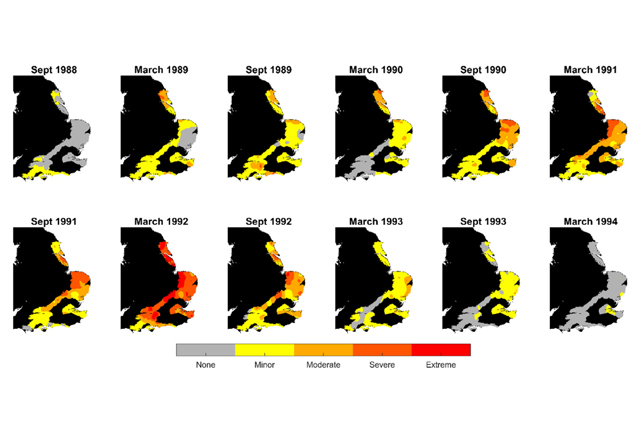
Groundwater drought reconstruction
Groundwater provides water even during periods of low rainfall. But this resource can become highly stressed if rainfall is reduced in the long-term.

Groundwater challenges in India and Pakistan
We are reconstructing a century of groundwater level records in order to understand the long-term behaviour of groundwater in north-west India and Punjab in Eastern Pakistan.





